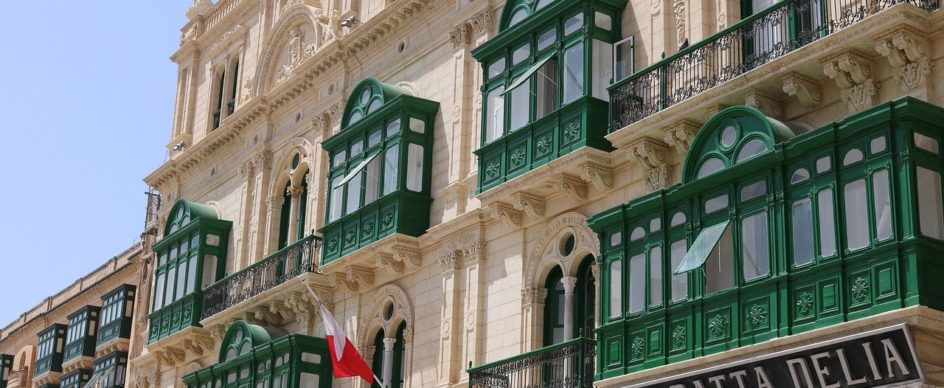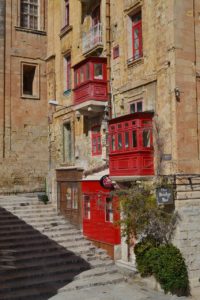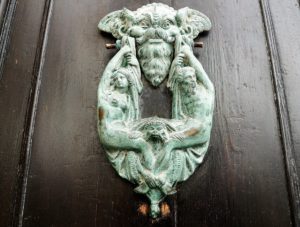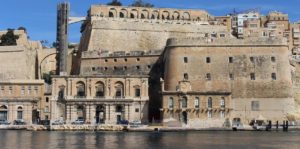
5 Features of Traditional Maltese Houses To Look Out For
- Mar 5, 2022
5 architectural elements to look out for...
Malta has a rich history of architectural influences that fuse Baroque, Ottoman, British and Southern European architectural traditions. Traditional Maltese houses are therefore manifestations of these influences. Here are 5 architectural elements to look out for while you’re in Malta.
Patterned Tiles
The patterned tiles are one of the most distinctive features of Maltese townhouses. A version of it can be found in other Mediterranean countries, such as Spain and Italy. Historians have traced this tradition back to the Ottomans, as patterned tiles can be found in places once under Ottoman rule.
In addition, the West’s fascination with the East continued to increase the popularity of these tiles in southern European countries. Malta’s patterned tile tradition was probably imported from Spain and has only existed since the 19th century.
Wooden Balconies
The gallarija or wooden balcony is a staple of Maltese towns. It’s very likely that today’s wooden balcony is a version of the Arab mashrabiya. The mashrabiya is an architectural element common in the Islamic world.
It is basically a projecting oriel window enclosed and located on the upper floors of a building. In addition to providing much-needed ventilation, it is also used as a space where the occupants of the house can look outside without being seen. The Maltese gallarija is a cross between the European balcony and the mashrabiya – making it a unique east-meets-west architectural element.
Door Knockers
Maltese door knockers come in various shapes and sizes. The door knocker used to symbolise the wealth and status of the house’s occupant. In fact, upper-class families had baroque motifs as door knockers, while lower-class families had door knockers that showed a legacy – such as marine symbols that represented the family’s connection to the sea. Occasionally, families replaced the door knocker with the more practical and simplistic pum (door handle).
Limestone Walls
Limestone has been a permanent fixture of Maltese architecture, as it’s one of Malta’s most important natural resources. Malta’s free standing temples are all limestone. Malta’s churches, chapels and rubble are also made of limestone. Limestone is robust, thick and adaptable to Malta’s climate. Therefore, a clear favourite when it comes to building houses. Furthermore, its golden hue gives Maltese houses a unique and aesthetically-pleasing look.
High Ceilings
In the pre-air conditioning days, high ceilings were the best ways to combat Malta’s summer heat. High ceilings were necessary for a well ventilated home. In addition to ventilation, rooms with high ceilings tend to have additional windows, which in turn means more natural light. Ceilings in old Maltese houses also feature wooden xorok (stone slabs) resting on kileb (corbels), which function as structural support.







